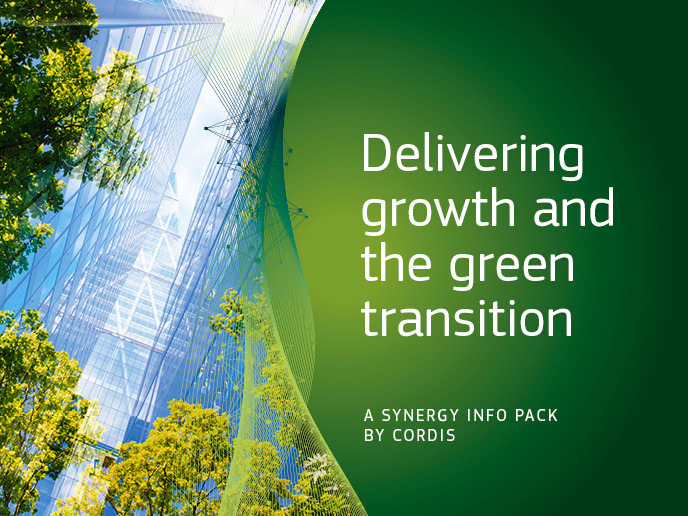Monitoring Arctic bogs and marshes
Peatlands and mires contain about a third of the global carbon pool, and most of these are found on permafrost-covered land. Climate change is melting the permafrost rapidly, leading to changes in these ecosystems that may have unknown and far-reaching effects on the global carbon balance. The EU-funded METAFLUX(opens in new window) (Mire ecosystem transition area flux) project aimed to map how permafrost melting is changing the composition of these ecosystems. The project also wanted to use this information to improve models of carbon flux in the Arctic Circle. Researchers gathered data for this project using hyperspectral imaging; this technique measures a broad range of wavelengths to detect specific objects, materials or processes. A specialised single-operator multi-instrument platform for data collection was developed specifically for the METAFLUX project. The project collected hyperspectral data from hundreds of sites across Sweden. Using this data, scientists found that spectral signatures could differentiate between dry peatland and the wetter bogs and mires. With this in mind, they examined hyperspectral data from the last 70 years for Abisko, an area in northern Sweden. METAFLUX found that part of the mire remained stable, while other areas have rapidly become wetter in response to rising temperatures. Finally, researchers put this hyperspectral imaging approach to use in identifying peatland ponds in northern Canada. The technique could identify ponds ranging from 9 to 1 000 metres squared, significantly improving the accuracy of peatland carbon models. The findings of METAFLUX will have a far-reaching impact on scientists' understanding of peatland ecosystems, and improve the accuracy of carbon flux models.







